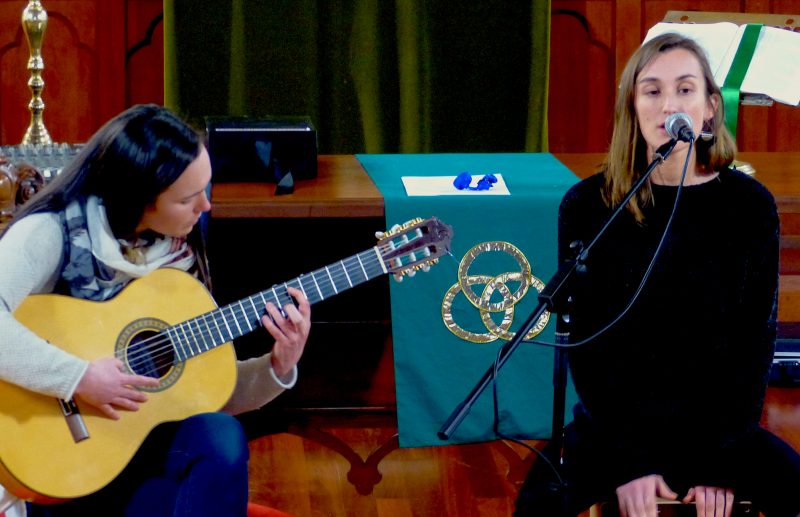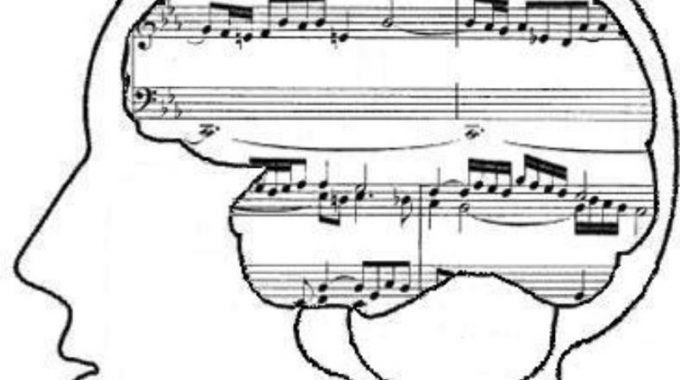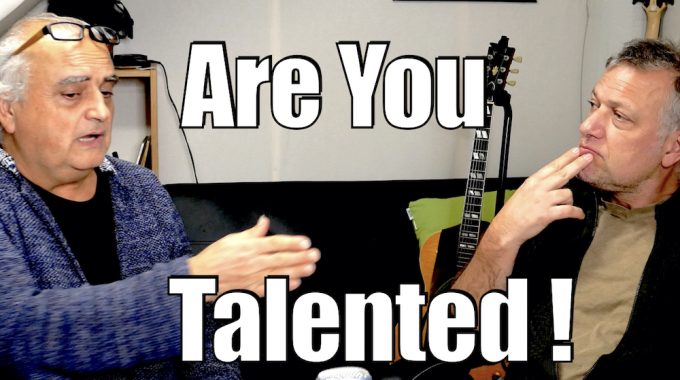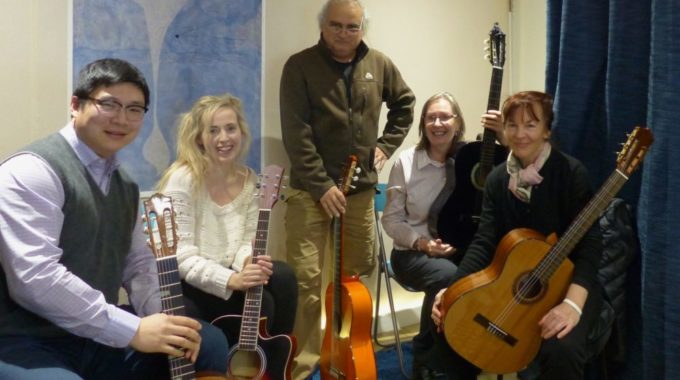Here are some valuable tips for individuals who struggle with memorizing music and experience anxiety…

How To Count Bars Of Music
Why do we need to count bars of music?
The Melody
Whenever we play accompaniment on the guitar, or the lead, we have to have in our mind the melody so as not to get lost in the structure. This means that at any given moment of the song you can jump to the melody, play or sing it and jump back to whatever you were doing before. The more you can do this the better you will play the guitar.
The melody will also give you the cue for the chords as this is what we rely on to anticipate and hear the harmony.
The Underlining Fabric
All of this occurs in relation to a beat and a pulse. Guitar students need to be aware of the pulse or beat underlining the melody.
You will remember the melody because of the rhythm and not the other way around. Rhythm is what makes music memorable for all of us. Rhythm is what tells us when things occur which is the key factor if playing music and guitar.
How do we Practice Rhythm?
All guitar students need to understand the groups of beats and the bar. When we improvise in jazz and blues, or in any other contemporary style, we really are not counting the bars but feeling the groups of 8, 4s and 2s. Therefore we have to go beyond counting to feeling the groups or bars.
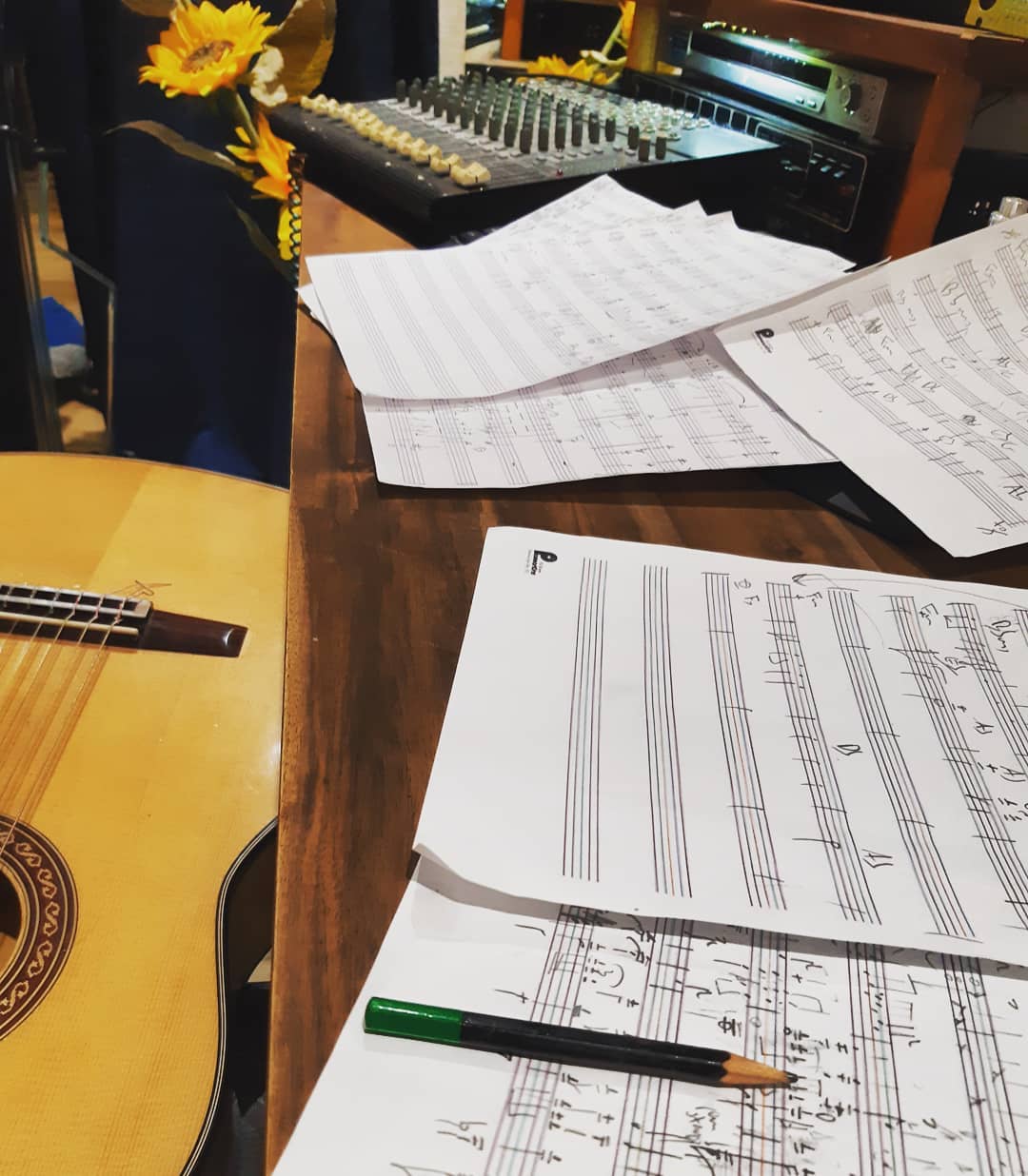
The Process
I recommend starting off by feeling the group of one bar.
Learning music is like learning a language. We first start off by mimicking what we hear, then we create phrases that are understandable to the listener and then we learn how to read and write.
In all my online guitar courses, or in person or, groups students work on all the elements we need to play a song in a group format. In order to ease the learning process we work on the different elements separately.
The following exercise is one many examples that I include in the guitar courses which helps the students count bars of music in context.
Blues Bar Counting
The objective of this exercise is to create a musical experience with a satisfying result. You will work on counting bars on a blues and also creating the blues sound.
The blues sound’s core characteristic comes by imposing the blues scale over a group of chords which naturally would not have this sound played over them. Therefore it is good to become familiar, but slowly, with the blues colors. Please remember to always sing what you are playing.
The following exercise will guide you in this process.
Step one:
Create a one bar rhythm on top of this rhythm track-
Write the one bar rhythm and send it to the teacher
Play this one bar on one string using the blues scale and make it sound good.
Repeat it 12 times
Record and send it through for feedback.
Step two
Create 10 more rhythms. Make sure you explore all the sounds on all strings but only focus on one string at a time. Please repeat the whole process of step one.
Send it through to the guitar teacher who will correct the exercise instantly.(This option is only available for group or private study options)
Step three
Play each phrase you have created but now add one bar of silence. Go through the 12 bars of the blues with the same two bar phrase
After playing this exercise you will have a better understanding of how to count bars of music , how to create a two bar phrase, how to remember the blues structure and how the blues sound works.
Remember that in order to be fluent in any exercise you will need to practice the exercises 20 minutes a day during a week.
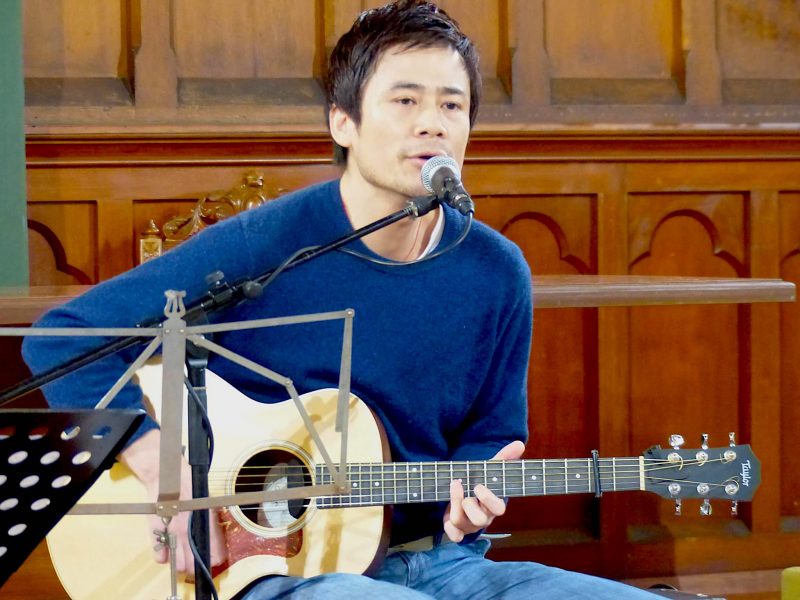
The Bigger Picture
Guitar learning involves a lot of small exercises to help us understand the bigger picture. The learning process is like a jigsaw puzzle. A good guitar curriculum should cover all the different pieces of information you need to be able to have fun with the guitar especially in a group situation where you are always improvising the groove, the melody and creating some sort of variation. If we do not create variation, then it will become a very boring experience.
So rather than just learning to sound good at home on your own, learn to play in a context in a group as this is where real music starts happening.
